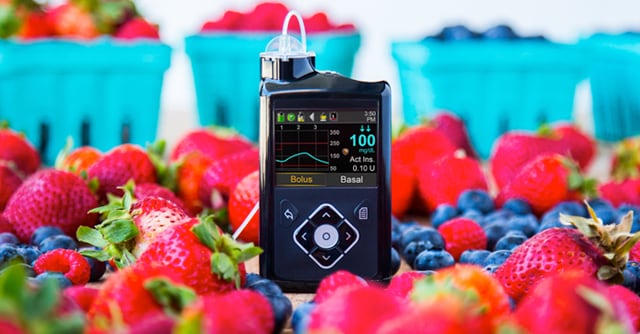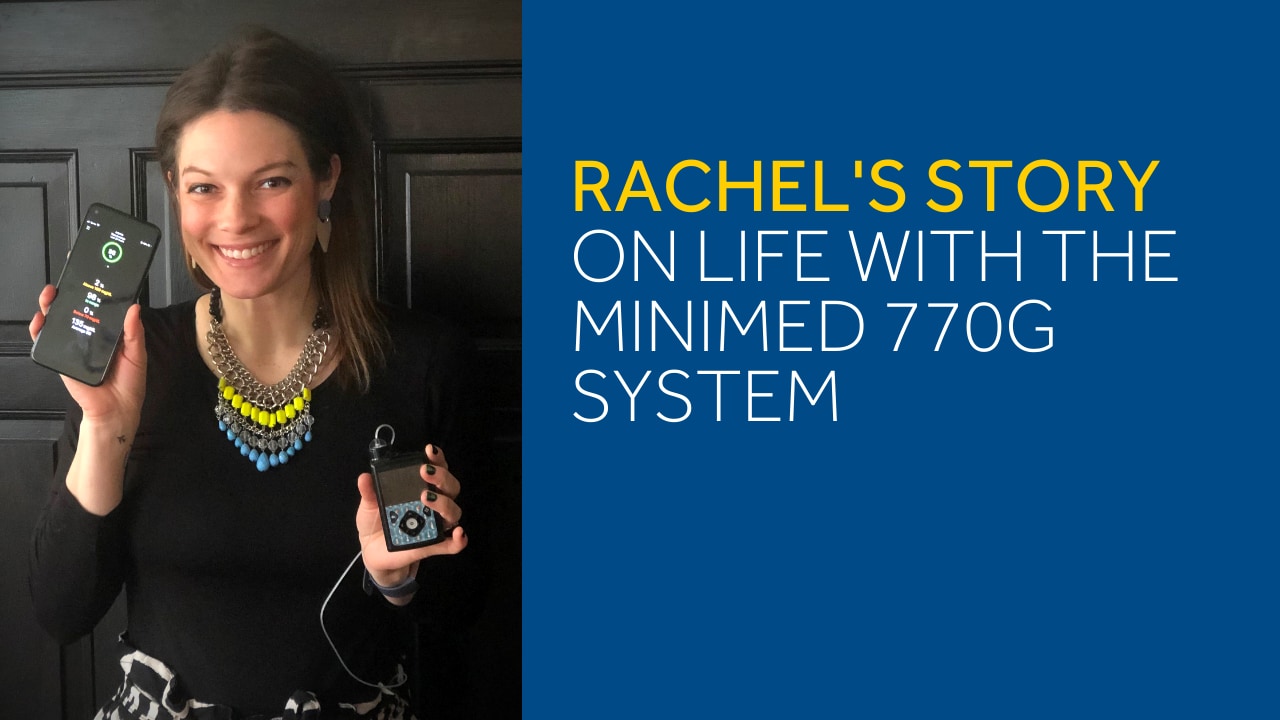Meet the newest member of the family: The MiniMed 630G system

Great news, everyone! Today I’m thrilled to share that the FDA has approved the MiniMedTM 630G system with SmartGuard™ technology. This advanced diabetes system provides better glucose control[i], protective action and personalized management so you can focus less on managing highs and lows and more on what matters most to you –whether that’s time with your loved ones, pursuing a big career goal, traveling the world or all of the above!
What’s so exciting about the MiniMedTM 630G system? Let’s find out.
SmartGuardTM technology
MiniMedTM 630G is a new insulin pump combined with our EnliteTM sensor. The system includes SmartGuardTM, our exclusive technology that takes action to reduce the risk of diabetes complications ii. The system automatically stops delivering insulin when your sensor glucose hits a preset low level and you don’t respond to the alarm. SmartGuardTM is available in both MiniMedTM 630G and MiniMedTM 530G systems (you may recognize this as Threshold Suspend.)

A new, improved pump design
The MiniMedTM 630G system also has a brand new (and improved) pump design with many more personalization options to make the system more convenient and tailored to how you manage your diabetes. You can customize alerts and alarms and we’ve introduced more user-friendly menus. The new system also includes that full-color screen and waterproofing you’ve been asking us for! This new design incorporated extensive patient feedback and user testing from people with diabetes, so we can’t wait to hear what you think.

A new meter
The MiniMedTM 630G system exclusively uses the CONTOUR®NEXT LINK 2.4 Meter to provide highly accurate blood glucose testing and to automatically transmit blood glucose results into the pump to eliminate manual entry errors when using the Bolus Wizard® calculator or calibrating the sensor. It’s similar to the CONTOUR NEXT LINK meter that comes with our MiniMedTM 530G system and is the only meter FDA approved for use with the new system. It also allows you to discreetly give a manual or a pre-set bolus of insulin remotely from the meter – another feature that many of you have told us would be beneficial to you.

Just one more step
Here at Medtronic Diabetes, our vision is to transform diabetes care, together for greater freedom and better health. This new system demonstrates Medtronic’s focus on making diabetes devices more convenient and simple to use as well as delivering better clinical outcomes. We’re certainly not done yet. Innovation is a journey and we’re constantly working on improving the products we have today as well developing new ones. In the meantime, we can’t wait to hear what you think of this latest step to help you live your exceptional life.
Part of a family
The MiniMedTM 630G system joins our family of diabetes management products, including our MiniMedTM 530G system which we will continue to provide. The MiniMedTM 530G system is popular for its ability to be used with MiniMedTM Connect mobile accessory, which allows people with diabetes to discreetly view CGM data on their smartphones as well as remote monitoring for their care partners. So, we’re offering both products to meet the different lifestyle needs of people with diabetes. Like the MiniMedTM 530G system, the MiniMedTM 630G system is approved for people age 16 and older. We expect to start shipping in a few weeks and we’ll be sure to keep our community updated. To learn more about the product in the meantime, visit our website.



